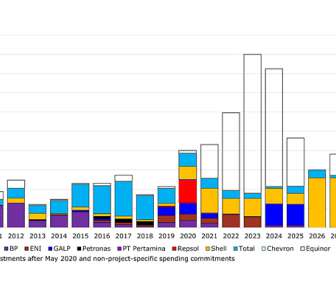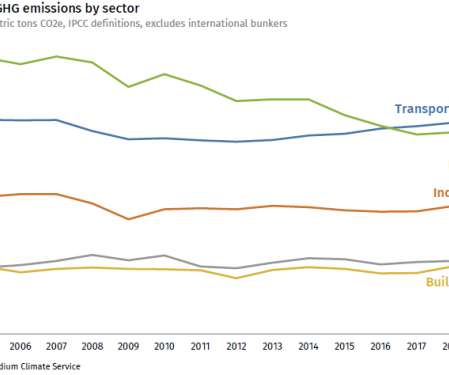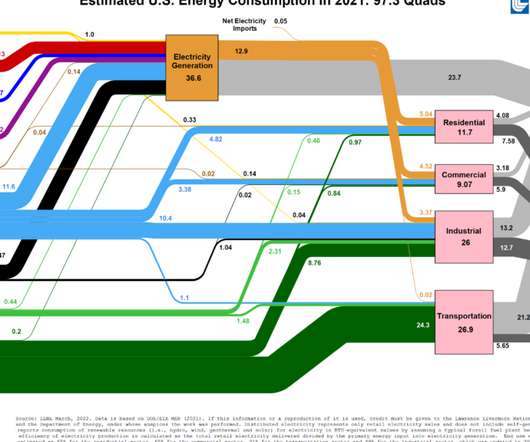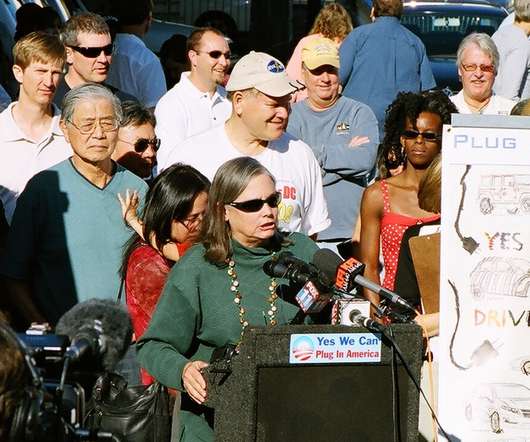3 Oil Majors That Bet Big On Renewables
Green Car Congress
AUGUST 31, 2020
An analysis of near-term spending plans on renewables by the biggest oil and gas companies shows that real investments in renewable energy will continue to pale in comparison to capex plans for greenfield fossil fuel projects. Indeed, much of Big Oil's reduction in greenhouse gas (GHG) emissions leans on the so-called natural gas bridge.




























Let's personalize your content